
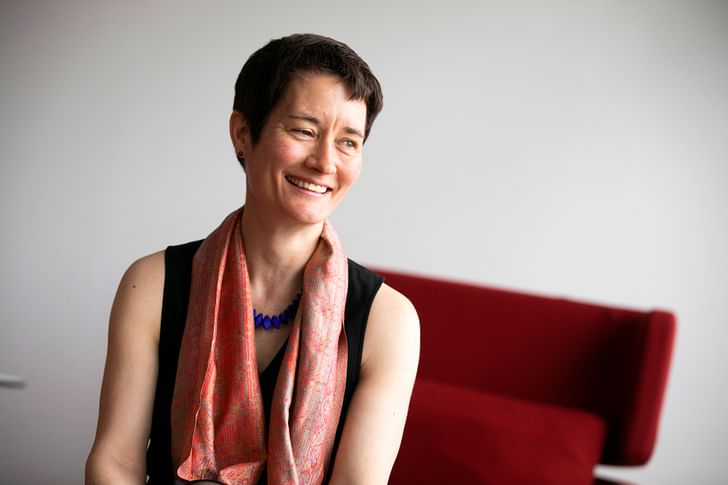
Deans List is an interview series with the leaders of architecture schools, worldwide. The series profiles the school’s programs, pedagogical approaches, and academic goals, as defined by the dean–giving an invaluable perspective into the institution’s unique curriculum, faculty, and academic environment.
For this installment, Archinect spoke with Sarah M. Whiting, Dean and Josep Lluís Sert Professor of Architecture at the Graduate School of Design (GSD) at Harvard University. The school is home to over 900 students and offers an expansive set of programs and degrees at the undergraduate, masters, and doctoral levels in architecture, landscape architecture, urban planning, and design studies. Whiting, who is a design principal and co-founder of WW Architecture arrived at GSD in July 2019. The last time we spoke to Dean Whiting, she was the Dean at Rice University.
We caught up with Whiting once again as she arrives at Harvard to discuss the school's reputation for years-long curriculum debates, teaching students to say "no" to things, the aftermath of the Shitty Architecture Men list, and how we live in a "world that is in dire need of our design thinking."
Briefly describe GSD’s pedagogical stance on architecture education and how you hope to influence it.
The GSD has long been invested in combining a strong core pedagogy in each of its three departments with equally strong interdisciplinary offerings for the school’s electives—our option studios, as well as elective seminars. Of course, defining a core—or “commons,” as I like to call it—is not simple, and it never has been. Jill Pearlman’s book Inventing American Modernism describes how Walter Gropius, who was Chair of Architecture at the GSD from 1937 to his retirement in 1952, and Joseph Hudnut, who was Dean during those years, never once agreed what the introductory curriculum should be. They spent fifteen years arguing over the curriculum. That legacy is certainly still alive and present. I would argue that active attention to curriculum (which is far more productive than obstreperous disagreement) is obligatory for any faculty.
[Gropius and Hudnut] spent fifteen years arguing over the curriculum. That legacy is certainly still alive and present.
The school is working as a collective to redefine our commons, so it is premature for me to offer a snapshot, but I do think that a mistake that many schools are making right now is, first, not giving enough time and attention to teaching design itself—that is, the relations between form and space and how those relations have cultural repercussions that are social, political, economic, and technological. Without taking the time to learn how to foster relations between form and space, how can we expect students to affect those cultural repercussions?
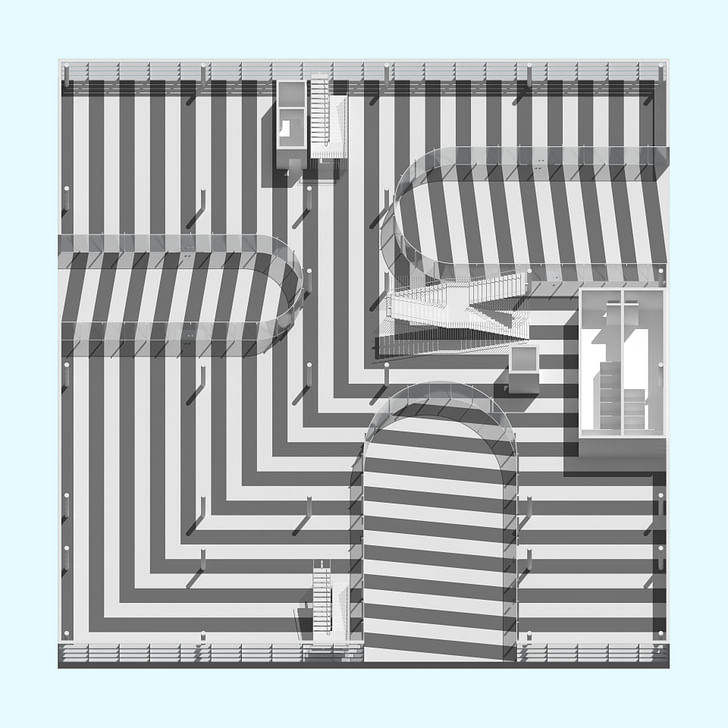
Aside from your practice WW Architecture, you’ve also worked at OMA, for Peter Eisenman, and for Michael Graves—What insights from your past professional experience are you hoping to integrate or adopt as the GSD dean?
All three of those offices are marked by real intelligence: Rem, Peter, and Michael all approach (approached, in Michael’s case) architecture as a project, and in so doing, they situate every project both within a broader architectural context as well as within a broader cultural context. Peter, for example, has consistently overturned the constraints of formal conventions, while Rem has shown how structure can offer unforeseen possibilities. In 1978, Rem revealed the liberties inherent in the Manhattan grid and today he is demonstrating those that are latent in the structures—formal, political, and economic—underlying the contemporary countryside. His project, in short, remains consistent across these very different versions.
In our own practice, WW, Ron Witte and I are committed to a practice that explores the intersections of form and program and how new possibilities can emerge from deliberately working with both. For example, while Mies’s universal space was a very singular notion of how form might affect program (big open space permits almost any program), we are more interested in how form can constitute identifiable spaces while still offering flexibility. This interest came out of several projects of ours—the IntraCenter and the San Jose State University Museum, for example, both of which required very identifiable spaces but yet not entirely defined ones.
It’s my hope that every student here at the GSD will learn how to define and focus their own projects.

You have mentioned that you were able to continue your practice while you were Dean at Rice University in part, because of the school’s modest size. Do you plan on continuing your practice now that you are the Dean of a much larger school?
Our WW practice is deliberately small, enabling us to focus on work–and clients–that really engage our project. But I’ll be the first to admit that the only way that I can maintain any tie to practice is because my extraordinarily patient partner, Ron, is bearing the brunt of my time commitment to the GSD—especially these days, as I’m devoting so much time to getting up to speed. I do hope that our approach can continue even though the GSD is a much more complex institution than Rice, not only because of sheer size, but because the GSD has three departments and multiple programs. I also plan to continue writing and do hope to teach–this is the first year in a very long time that I am not teaching and it is making me ever more aware of how teaching fuels my brain, advancing my own work. Additionally, teaching is the very best way to gauge whether the school is doing its job well.

In the past, you have spoken publicly regarding the tension in architecture education between “collecting information” and “making an argument”—Where does GSD stand in this debate today and how do you hope to influence those existing tendencies, whatever they might be?
I’m not in a position to be making sweeping generalizations about the GSD—I’ve only been here since July, and all I can say with certainty is I’m not sure it’s a place that will ever succumb easily to sweeping generalizations. Having said that, I am relieved to report that I have not found the school to be a place where excessive information collection and iteration production stand in for focused argument. The student presentations I’ve caught so far – a very random set across the school – have been remarkably thoughtful. I can sense the care and seriousness with which our students and faculty approach their work. Information-collecting and argument-making intersect uniquely in the context of a presentation, whether a pin-up, a final review, a public lecture, or otherwise. Focusing on this intersection will continue to be a priority in the school so that our students learn how to contribute to relevant conversations about urgent contemporary issues in the world. For them to do that, we need to help them develop their ideas and we also need to teach them how to communicate verbally and visually.
Another priority of mine is to ensure that students understand that for them to contribute to relevant conversations about urgent contemporary issues, they need to be engaged, not exhausted, nor on social media when they should be absorbing all that’s around them in school. It’s my hope that we can counter the assumed tendency in the design fields to work through all hours of the day and night for the sake of productivity, and instead reconsider how and when to pause or to create time and space in order to best develop both our work and our conversations.
Another priority of mine is to ensure that students understand that for them to contribute to relevant conversations about urgent contemporary issues, they need to be engaged, not exhausted, nor on social media when they should be absorbing all that’s around them in school.
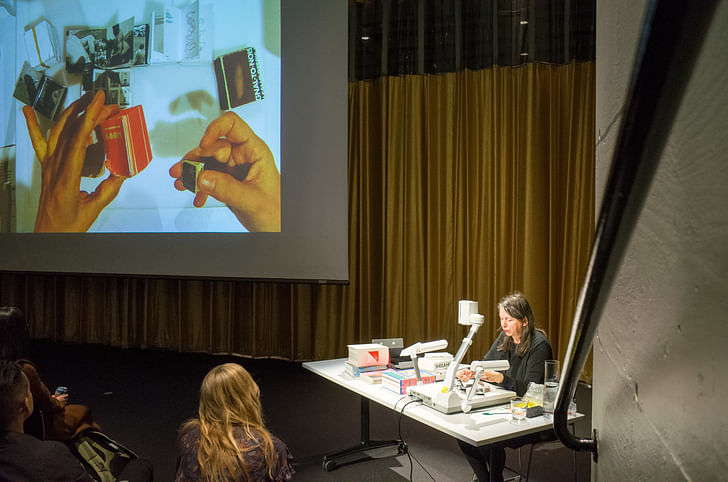
What kind of student do you think would flourish at the GSD and why?
Students who flourish at the GSD are those who are insatiably curious and who take initiative: the ones who go to talks outside those offered by their department or program, who explore the library, who pay attention to what’s going on in the rest of the university and across Boston, who don’t hesitate to meet new people; these are the students who ask questions in class, at events, or even over lunch in Chauhaus, our punny cafeteria. But the students who really flourish here are those who take on different initiatives while also prioritizing their studio projects and their own well-being.
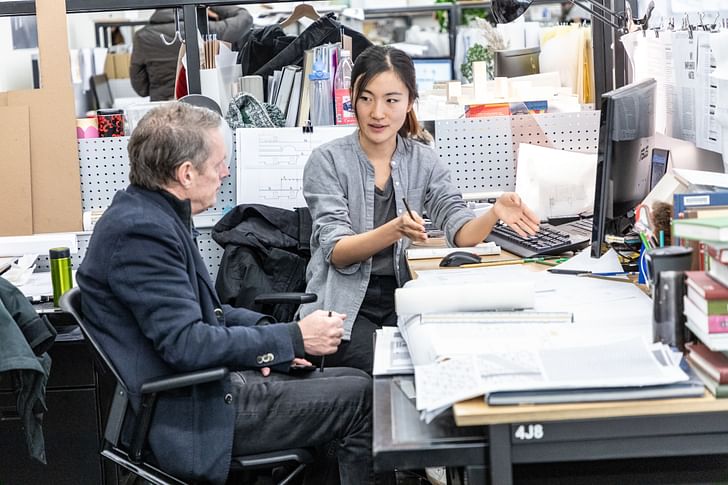
What are the biggest challenges—academically, professionally, and culturally, speaking—facing students right now?
The very biggest challenges facing all students right now are the vulnerabilities that come with being in a world that is itself challenged: environmentally, politically, economically, and socially. An additional and immediate challenge is that of time: with all the resources available to our students, it’s hard for them to manage their time. This speaks to my previous observation: students who do best are the ones who remain open to new things while also focusing their work, and they do this by prioritizing things that are new to them while also prioritizing time for their own work, and therefore they have to know how to say “No” to some things.
students who do best are the ones who remain open to new things while also focusing their work, and they do this by prioritizing things that are new to them while also prioritizing time for their own work, and therefore they have to know how to say “No” to some things.
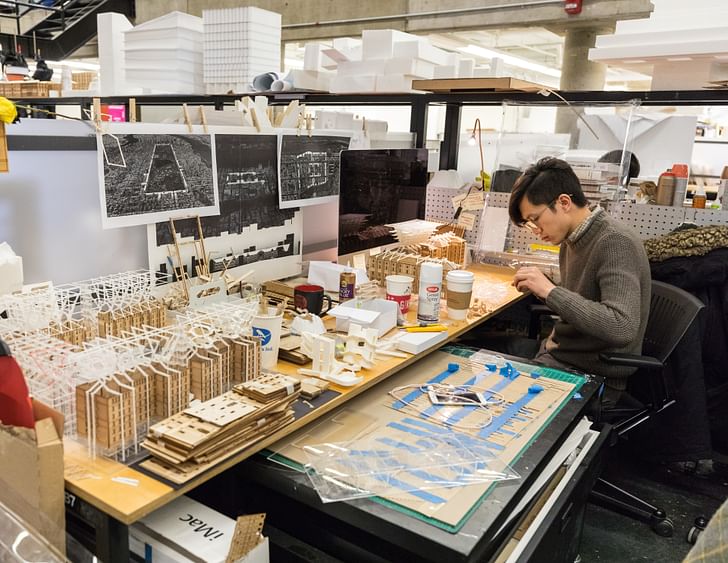
What are some of the advantages of the school’s context—being at Harvard and in the Boston Area—and how do you think they help make the programs at GSD unique?
This is an extraordinary place to be a student: there’s an amazing array of things happening here (at the GSD, at Harvard, in Cambridge, in Boston) that will expand your world: music, art, lectures, landscape. The GSD draws upon all of these relationships and contexts, whether it’s the joint programs we have with the schools of public health, of engineering, and of public policy; the resources of the Harvard Art Museums; or, among others, the very immediate effects of climate change that are happening here along the coast, and ongoing questions about housing and mobility that are certainly present here in Boston and Cambridge and in so many other regions around the country and world.
How would you like the school to have changed during your tenure?
The GSD is extraordinary for its breadth, but I do hope in my time here to encourage depth. I’d like to see some collective projects coalesce around urgent issues of our contemporary world: climate change and housing, for example. For design to resonate on this scale, we need to cultivate design’s public voice and vocation. In order to do that we need to foreground design’s means—its forms, spaces, materials, and techniques—as well as design’s thinking—its history, theory, and criticism.
For design to resonate on this scale, we need to cultivate design’s public voice and vocation. In order to do that we need to foreground design’s means—its forms, spaces, materials, and techniques—as well as design’s thinking—its history, theory, and criticism.
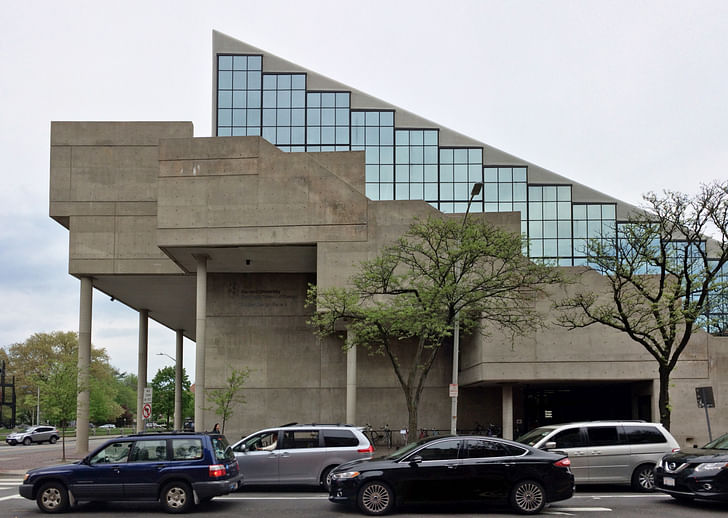
In 2018, Harvard was at the center of the firestorm surrounding the “Shitty Architecture Men” list—What can you do as Dean to begin to eradicate a culture of sexual harassment and unprofessional behavior at the school? How will you approach the task of crafting a new reputation and culture for GSD?
I have no tolerance for people who do not respect others and I have no problem making that point clear, over and over and over again. And I’m certainly not alone: faculty, staff, and students want an environment of respect, empathy, and constructive criticism. We all have to work together to create that environment, for one another and including those we invite into the school. We cannot be complacent; we cannot assume that everything’s all fine just because we now have a female dean. We all have to work at ensuring our shared environment is an environment we want to share. That means speaking up and to do that means creating both the atmosphere and the venues that make it possible for people to speak up.
we are not economists; we are not politicians. But, we are designer-economists; we are designer-politicians. And that’s extremely exciting in terms of seeing the possibilities for having an impact on a world that is in dire need of our design thinking.
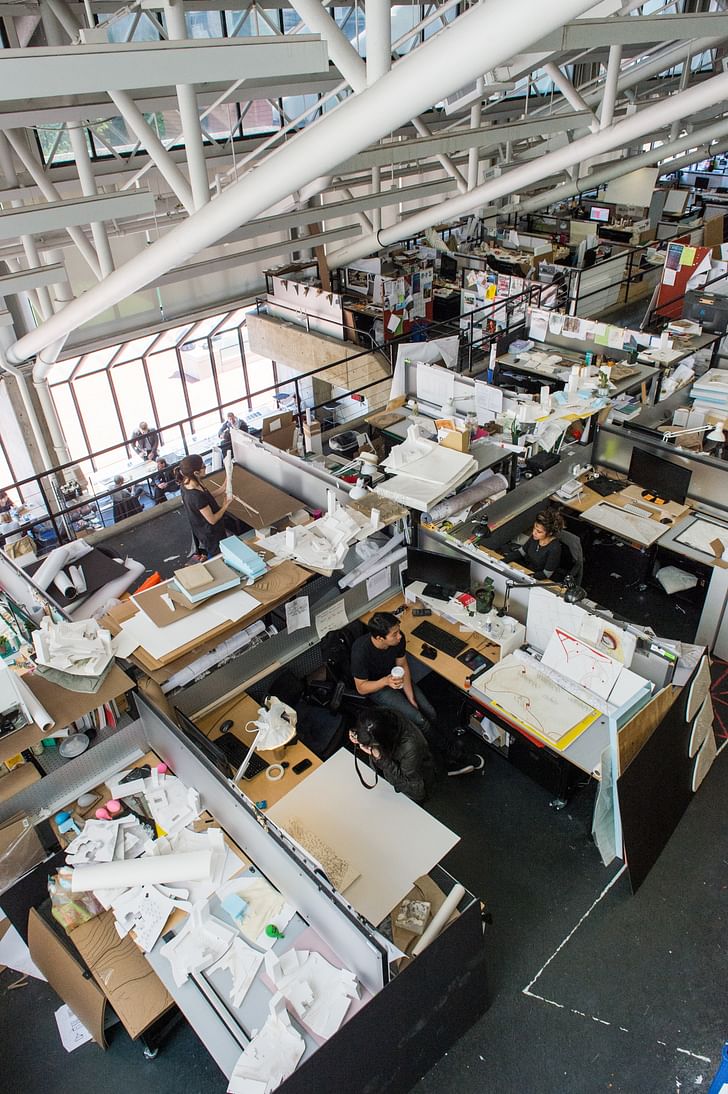
With concepts like the Green New Deal, “de-growth,” and other potentially transformative environmental, social, political, and economic constructs taking hold both within the United States and, increasingly, at a worldwide scale, how do you envision global architectural discourse shifting? Where does GSD fit into those conversations?
The Green New Deal, like FDR’s New Deal, believes that economic, social, and technical investments should always aim at a broad collective impact. To see some of these collective ideals return, without any illusions about the world’s collective being anything but complicated, is an exciting and optimistic challenge. I absolutely believe that the GSD needs to participate in today’s urgent, relevant discussions, but we need to do so from the strength of our position as designers: we are not economists; we are not politicians. But, we are designer-economists; we are designer-politicians. And that’s extremely exciting in terms of seeing the possibilities for having an impact on a world that is in dire need of our design thinking.
Under the expansive, multi-disciplinary concepts mentioned above, what is the role of the architect? And of architecture?
Architecture’s role stays the same: as always, we design the forms and spaces that foster new ways of living in the world.
Antonio is a Los Angeles-based writer, designer, and preservationist. He completed the M.Arch I and Master of Preservation Studies programs at Tulane University in 2014, and earned a Bachelor of Arts in Architecture from Washington University in St. Louis in 2010. Antonio has written extensively ...
23 Comments
"we design the forms and spaces that foster new ways of living in the world."
What if somebody likes an old way of thinking. Would Harvard be open minded enough allow that?
The old way of living? Really?
No, just those elements one likes. Like the melodies of the Blues, or the writing of an old writer. Heck, the way we used to build cities or grow food. If there’s something that sings to you, who cares if it’s from dwell magazine or something you saw walking down an old street? The only other organization dedicated to selling you something BRAND NEW! are modern corporations.
So are you suggesting it’s not possible to find new ways of living utilizing existing forms and spaces?
No, I'm saying one can find new ways of living using existing forms and spaces. That's how history has always been used. It's modernism that disallows using an existing forms (at least those that look 'traditional') to solve modern problems, no matter how much they've been reworked to deal with modern conditions. BTW, forms and spaces are one and the same.
Well, the tyranny of your opinion has been clearly been proven wrong. Unless you are asking for cities to look like suburbs? I find that the Europeans, and more precisely the Germans, have figured out how do design, much better than what we have going on here in America, and they do it with forward thinking, modern design.
Ok. Check out this canopy I saw in Barcelona last week.
Um, yeah, I'll raise you; 90% of America.
Paris
Argentina
London.
That's my point. Why is 90% of America crappy? Cause we don't prepare architects to do 90% of the work out there. Paris once again...
Harvard GSD allows everything. However, if your goal is to seek an education environment that fosters the most of your learning experience, you would select an education institute that fits your specific interests and tastes. In your case, you should look into U Notre Dame
Why shouldn’t Harvard and Notre Dame teach all architecture? Do high school students know they are modernist or traditionalist? I’d like to see a humanist curriculum that put the user at the center, what industrial designers call human-centered design. I wonder if in our tribal world we can have that kind of place. Then, if you want to specialize by style, type, or whatever, that’s life.
Do you know what Harvard is? I'm not sure you do. Harvard, is a Graduate School, and typically Post-Bachelors students are self-directed, and are looking to formulate their big question. No one is "taught" architecture in grad school.
I was taught in graduate school and am still taught by all sorts of people and places. Imagine no teaching going on in graduate school. Strange.
Do you know what Harvard is? [beta]
Joseph Hudnut 1936–1953 Architect
Josep Lluís Sert 1953–1969 Architect and urban planner
Maurice D. Kilbridge 1969–1980
Urban planner Gerald M. McCue 1980–1992
Architect Peter G. Rowe 1992–2005
Architect Alan A. Altshuler 2005–2008
Urban planner Mohsen Mostafavi 2008–2019
Architect Sarah M. Whiting 2019–present Architect
"Taught" is not the same as Learn.
It's like your segregating form and space, as if they could exist without each other. Taught is not the same as learn...are you sure? Ever told a young person to teach someone else in order to learn something really well? Harvard became modernist under Hudnut. Prior to him it turned out the same cities everyone thinks are "authentic", imagine that. Hudnuts would be turning over in his grave. Did you ever learn the history? Someone should have taught you.
Dad told you not to - ####### - but you didn't believe him, so you did, and got - ######. Did you learn, or were you taught. Taught is passive, hence Trumpers, learning is active, a willingness to know.
theDailyTrotter's research is an effort to support the fluency of Architects that design (A Look at Order by Seth Branham Trotter); the language Architecture is directly applicable to the value of the future urban and global world. The antiquital languages do not inhibit advanced contemporary languages, but give the contemporary Architect a language that is keen to the future. It is my hope that Harvard GSD focuses on the language of Architecture in respect to their current goals (above).
university education has become a cash cow, while the quality of teaching declines in inverse proportion. I tend to agree with Peter Hitchens: universities now teach students what to think, not how to think.
You illustrate the narcissistic obsession with facades in your imagery of 90% of USA architecture. Show us a plan - it probably works, if even if your vanity recoils at its elevation. the converse is terrifyingly true: most of the global style iconic architectural porn is actually crap - joanna van heynigan recently noted at a conference at cambridge (uk) 'we used to work the plan to perfection, then at the last minute before presentation, elevate it. often we were surprised to discover so late what our building actually looked like. Today the process is completely reversed !'
"Nowadays most clients want to know what a building looks like first and everything else second. I don’t think Cambridge trained architects are cut out for this way of approaching the job."
Joanna van Heyningen: Beyond the Skin
www.arct.cam.ac.uk/news/100yea...
Architecture is the only profession that has a large portion of its prominent practictioners without any respect for its past and who adamantly refuse to learn from that past.
restate: only profession that trains useless twats. only the brave morons like myself learn from practitioners who practice who learned from the past and abandon all academic bullshit.
Block this user
Are you sure you want to block this user and hide all related comments throughout the site?
Archinect
This is your first comment on Archinect. Your comment will be visible once approved.